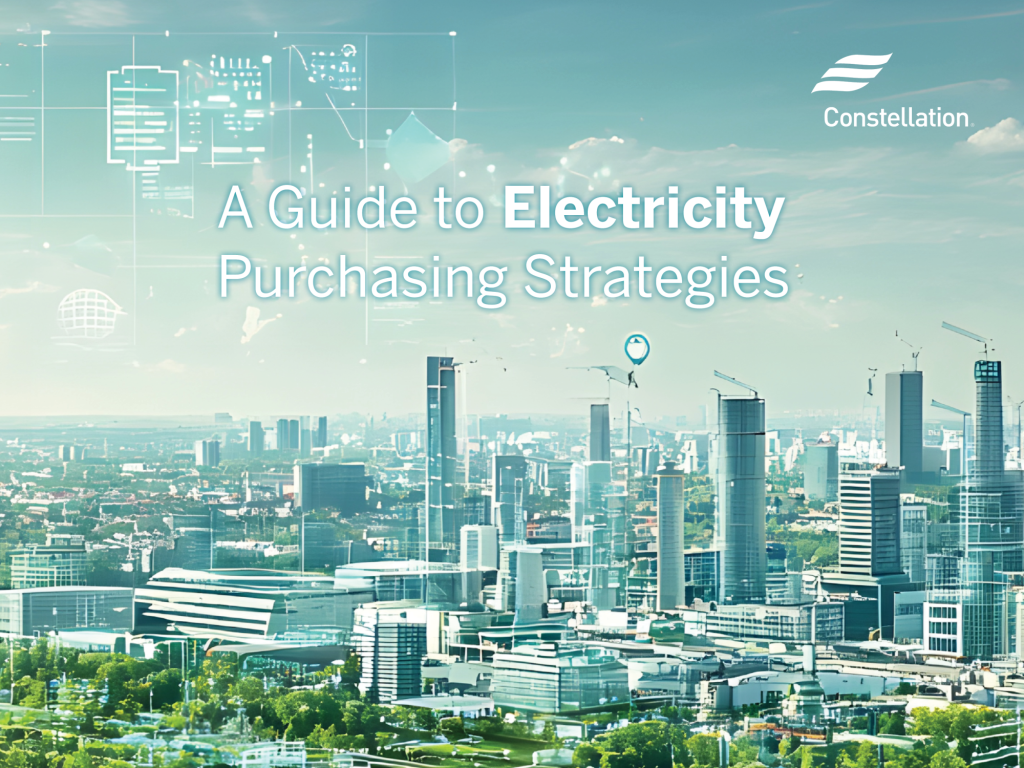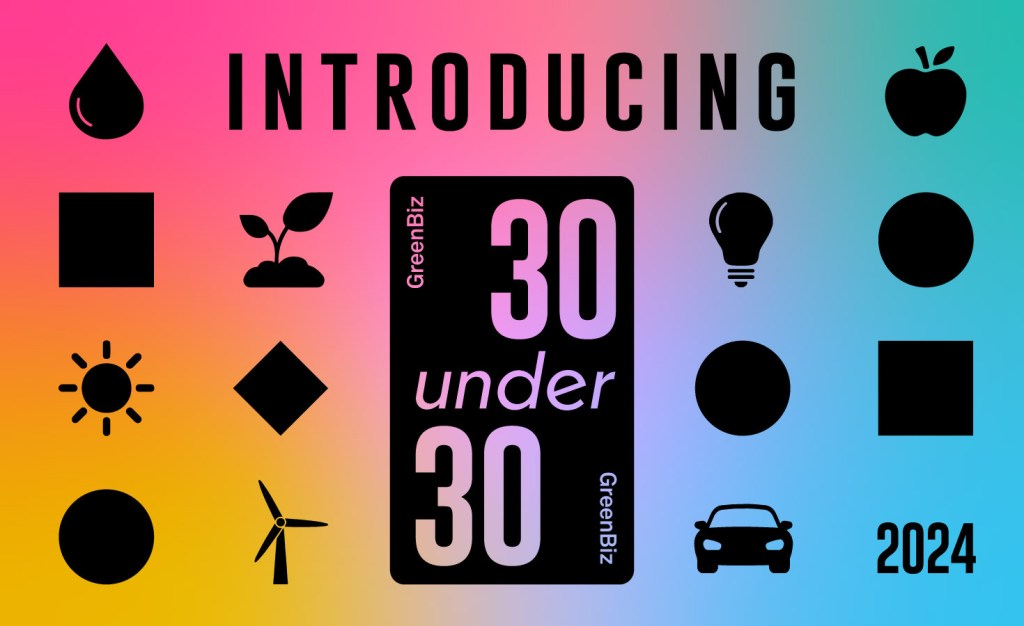Investors and companies push clean energy to the tipping point
State pension funds, religious institutions and major philanthropic foundations are calling for action, inspired by the urgency of the climate crisis and the potential for future returns. Read More

As an ongoing onslaught of federal clean energy and climate policy rollbacks persists inside the Beltway in Washington, D.C., there is an increasing disconnect between the federal political debates on energy and the reality on the ground as clean energy continues to speed ahead across the country. Large corporations are buying more wind and solar power than ever, as investors who understand the economic benefits of clean energy urge companies to take action to realize those benefits.
As the cost of the climate crisis escalates, more investors are recognizing that their fiduciary duties require them to engage in shareholder oversight and engagement on climate risk. A wide range of investor groups, from state pension funds to religious institutions to major philanthropic foundations, are engaging with companies on climate risks and opportunities. Just a few examples:
- The Sisters of Charity of the Blessed Virgin Mary filed a resolution with Yum! Brands, parent company of Taco Bell, KFC and Pizza Hut, and were able to reach a successful agreement with the company to explore setting science-based targets for greenhouse gas reductions.
- In the past year, the New York State Comptroller’s office, which manages the pension funds for all New York state employees, reached agreements to increase renewable energy procurement with Under Armour, Dollar General and others.
- The Rhode Island Treasurer reached a similar agreement with agricultural giant ADM.
- The Nathan Cummings Foundation reached climate-related agreements with Harris Corp, Goodyear Tires and Harley Davidson — all in the past year — an example of the way foundations are using their endowments as a way to influence companies on the issues that matter to them, as well as generating returns that can fund their initiatives.
These engagements are succeeding not only because investors have unique influence with companies they own, but also because a confluence of three factors has made the case for renewable energy very difficult to ignore:
- Cost: The price of renewable energy continues to fall precipitously, making clean sources such as wind and solar the least expensive options in many markets. Yet many companies have yet to explore and act on the savings potential in renewable energy contracts. When investor engagement pushes them to study the feasibility of increasing renewable energy procurement, however, many find the business case to be far stronger than they had anticipated, spurring them to take action.
- Declining barriers to entry: While renewables are often competitive on a cost basis, other barriers to renewable energy procurement remain. The size of utility-scale renewable energy deals, their complex contract structures and long contract terms traditionally have limited access to only the largest and most sophisticated companies. However, as corporate renewable energy procurement enters the mainstream, buyers and providers are working together to develop more customer-friendly offerings. This increasing diversity of products means more companies are able to take advantage of clean, low-cost renewable energy. Obstacles remain, especially in states with monopoly utilities, but demand from large corporate customers is putting pressure on those utilities and their regulators to make renewables available to all.
- The responsibility to lead, and the urgency to act: The science behind climate change grows clearer and more urgent by the day as the reality of an already dramatically destabilized climate plays out across the globe. So in the face of inaction and rollbacks on climate and clean energy policy in Washington, D.C., state and local governments, businesses and investors have decided that they cannot afford to wait. They’re stepping up. These leaders realize that procuring renewable energy (along with improving energy efficiency and electrifying corporate fleets) is a practical, meaningful way to begin to address the risks presented by the climate crisis and to seize the opportunities that climate solutions present.
So what kind of impact are these corporate commitments having? Last year, corporate energy buyers large and small, from a broad range of industries, signed contracts to build over 6,500 megawatts of new solar and wind facilities across the country, more than doubling the previous annual record. Globally, corporate clean energy contracts totaled over 13,500 MW. To put that in perspective, that’s almost twice as much generating capacity as the Grand Coulee Dam, the largest power plant in the U.S. and more than three times the capacity of Palo Verde, America’s largest nuclear power plant.
And this year? As of the end of May, corporate buyers had signed contracts for over 5,700 MW of renewable energy globally, more than 1,400 MW ahead of last year’s record pace.
Some of the largest U.S. companies are noticing and acting on these factors as never before. Major buyers this year include tech giant Facebook, realty trust and data center company QTS Realty and metal packaging and aerospace company Ball Corp. And as those deals roll in, more companies are taking note. Just in the last few weeks:
- Global athletic apparel giant Nike, an early clean energy leader that committed to 100 percent renewable energy back in 2015, announced it plans to achieve that goal by 2020 for operations in North America and Europe, and by 2025 globally;
- Big-box retailer Target committed to running on 100 percent renewable energy by 2030;
- Ford Motor Company announced that its global manufacturing facilities will operate on 100 percent renewable energy by 2035 (automatic PDF download);
- Beverage giant Keurig Dr. Pepper announced that it will be 100 percent renewable by 2025;
- PNC bank joined RE100 and committed to 100 percent renewables by 2025.
Others are setting goals to reduce their greenhouse gas (GHG) emissions, specifying renewable energy as a key tool they will use to achieve those goals:
- South Korean global electronics giant LG announced that it intends to be carbon-neutral by 2030 (PDF);
- Home improvement superstore chain Lowe’s committed to reducing its carbon emissions 40 percent by 2030.
While this confluence of drivers has powered the growth of corporate clean energy demand into a major force in energy markets, our work is just beginning. According to the U.S. Energy Information Administration, in 2018 renewable energy sources accounted for about 11 percent of total U.S. energy consumption. That is a big shift from a few years ago, and undeniably good news. It is also undeniably insufficient to meet the challenge of climate change.
We need clean energy to not only meet our appetite for energy now but also to power the growing electrification of our transportation system and to rapidly displace existing fossil fuel-fired power plants. That means moving quickly beyond this tipping point to a world powered with 100 percent carbon-free electricity.
This will take more than a strong business case. It will require leadership and ambition, too. Increasingly investors are working together with the leadership of the companies they hold to provide that leadership and help move our energy system towards that world.
And as climate science continues to make abundantly clear, we don’t have a minute to spare.
Winston Vaughn will be speaking on the role of companies as clean energy activists during the upcoming VERGE 19 conference, from Oct. 22 to 24 in Oakland, California.












